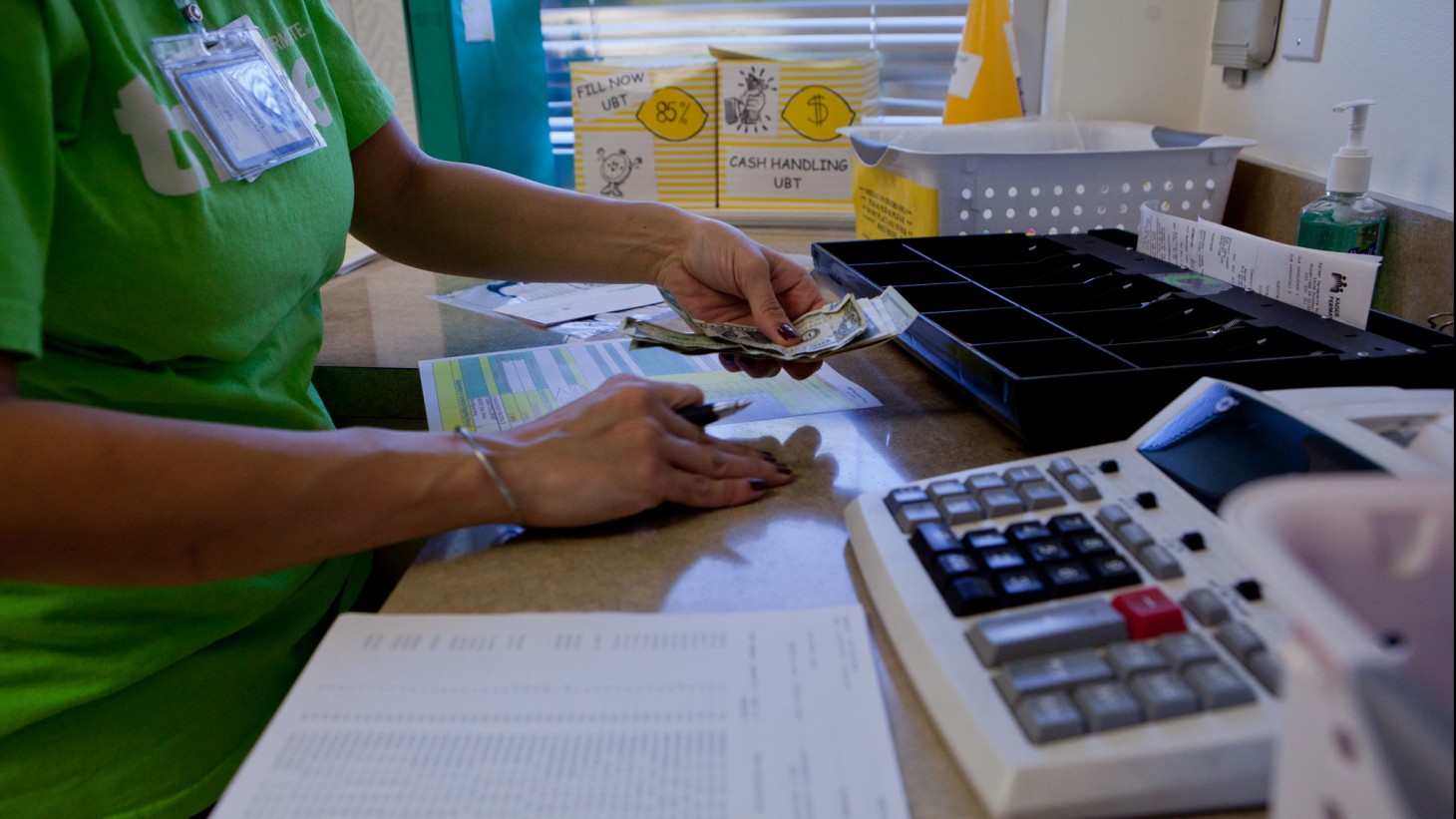Affordability
Tips for Tracking Financial Impact

Is your improvement project helping save KP money and keep care affordable for our patients and members? Use these tips to find out.
Teams that save money keep KP affordable for members and patients
Our members and patients count on Kaiser Permanente for affordable, quality care — and more unit-based teams than ever are focusing on ways to improve efficiency as well as service and quality. In fact, service or quality care improvements often lead to more cost-effective care, which benefits KP, our workforce and, most of all, our members and patients. Use these tips to jump-start your team’s thinking about the financial impacts of your improvements.
- Think about potential financial impact from the start of your project. This will help you identify early on the data to collect and monitor so the financial impact can be calculated later. Keeping the financial impact in mind can also help refine your SMART goal.
- Get a good grasp of what you’re trying to improve. Then think about the cost associated with that thing. For instance, if your goal is to streamline scheduling, think about the potential costs, such as excessive overtime, associated with an inefficient schedule.
- Have a clear understanding of your baseline metric. Once you know what your goal is, determine the associated costs before any changes are made. This will help you translate the improvement into money saved.
- Work with your local finance team. If you don’t have a relationship with your local finance department, ask your UBT consultant or improvement advisor to connect you with the right person to help you determine the dollar value of a project.
- Find out if there’s a team in your facility or service area that is working on something similar.
- Another team may already have figured out ways to calculate the financial impact your project might have or may have different ideas for measuring its financial benefit.
- Look beyond the hard dollar savings. “Soft dollars” can be equally important. These are avoided costs or improvements that don’t reduce the money spent but allow us to do more with the resources we have. Examples include improvements in re-admission rates, number of no-show appointments or time spent looking for supplies.
- Value the financial impact of small improvements. If an improvement and its estimated financial impact seem small, remember to figure out the potential savings over time or add up what happens if the practice spreads to other departments or facilities.
